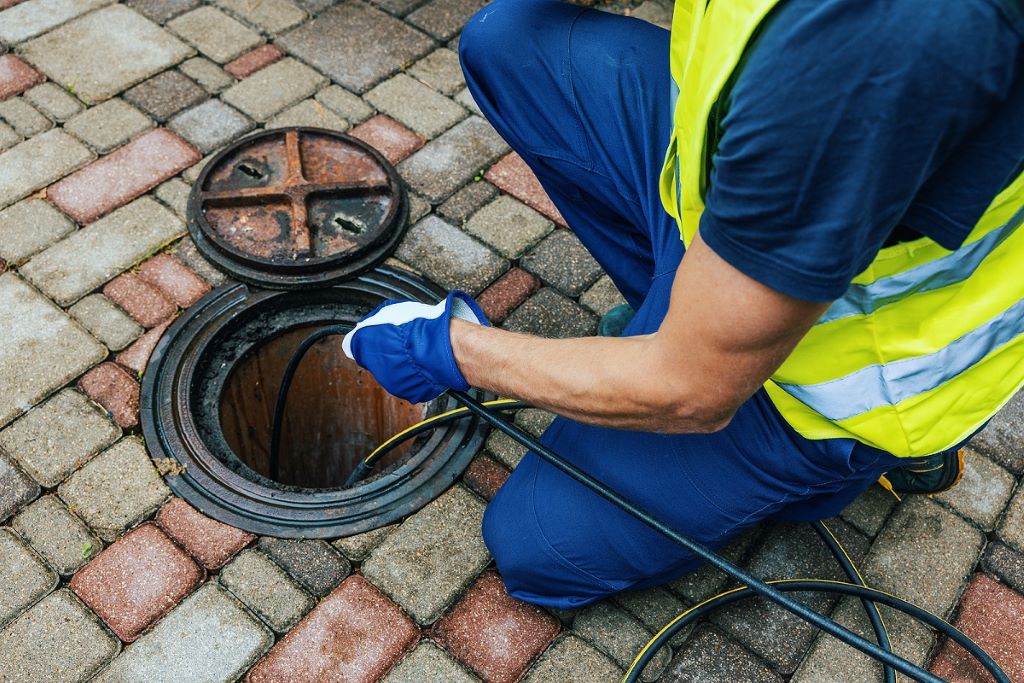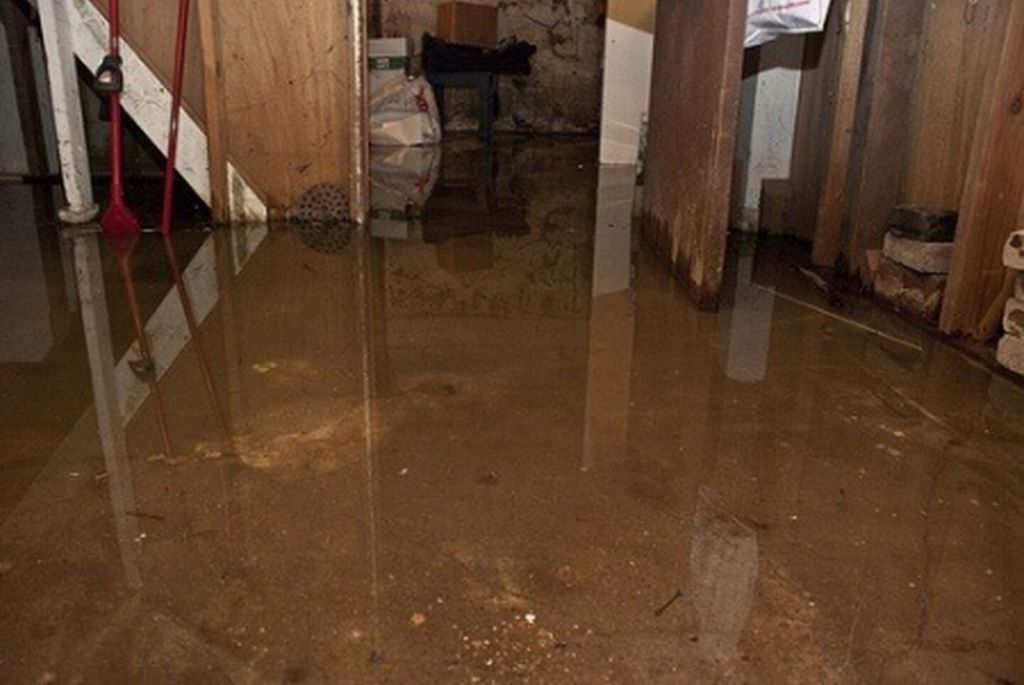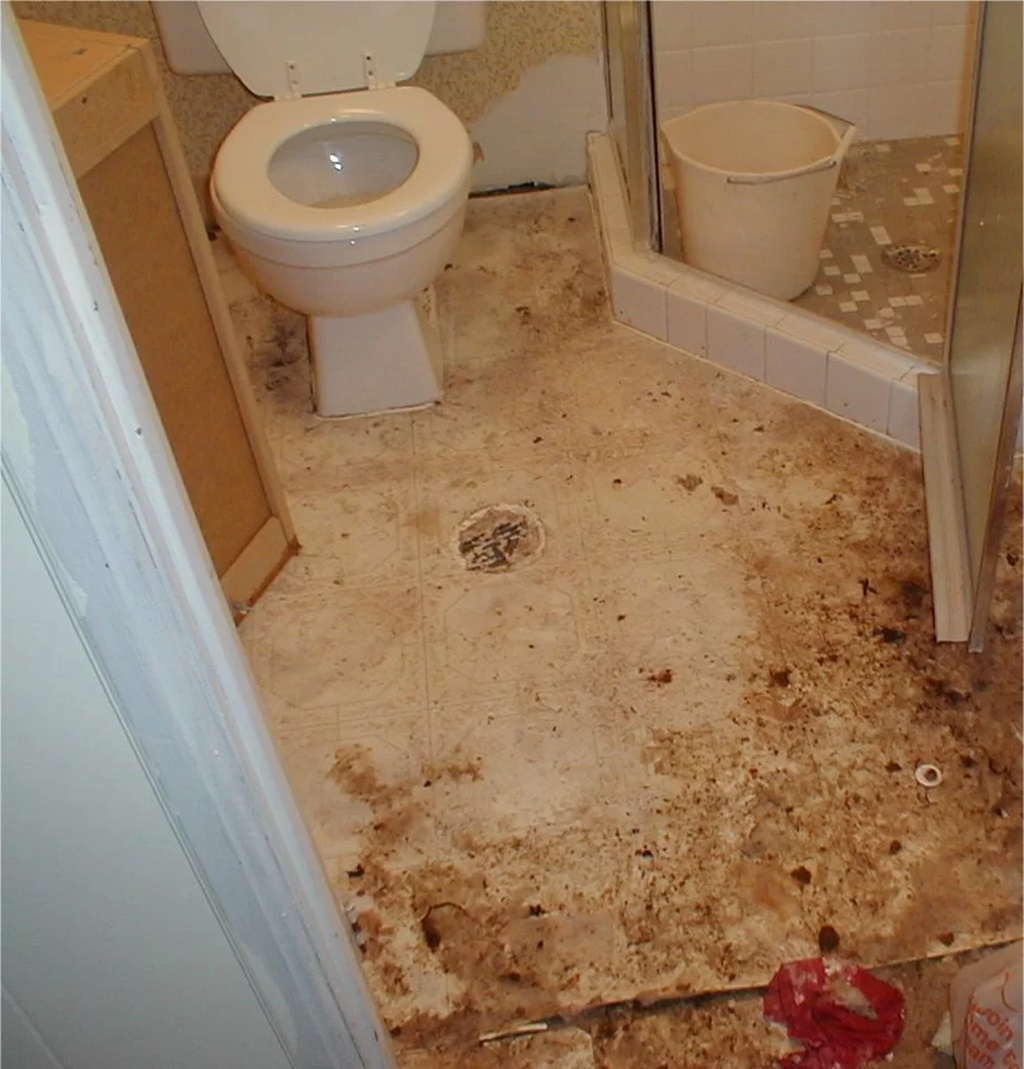
14 Jan How Do You Clean a Sewage Basement Drain?
A sewage basement drain can easily get clogged with debris, dirt, hair, and other gunk over time. When this happens, sewage water can back up into your basement causing nasty odors, leaks, and potential damage. Learning how to properly clean out a basement sewage drain is an important maintenance task for any homeowner. With some basic tools and supplies, you can clear blockages and keep your basement drain freely flowing.
Understanding Your Basement Sewage Drain

Before diving into how to clean a basement sewage drain, it helps to understand what a sewage drain is and how it works. A sewage drain is the main exit point for waste water from basement plumbing fixtures like sinks, showers, washing machines, etc. It’s usually a large drain built into the basement floor with a removable grate cover.
Sewage drains are connected to larger sewer lines that run under streets and out to municipal water treatment facilities. A properly functioning sewage drain allows waste water to exit your home’s plumbing system so it doesn’t back up inside. Let’s discover about sewer cleanout in basement.
Over time, debris like hair, grease, soap scum, and mineral deposits can accumulate in a sewage drain. When enough gunk builds up, it clogs the drainpipe and water can’t exit freely. Clearing a clogged basement sewage drain is an important maintenance task.
Supplies You’ll Need
Cleaning out a basement sewage drain will require some basic supplies. Here’s a list of useful items to have on hand:
- Drain snake/auger – This is the most essential tool for snaking out clogs deep in the drainpipe. A hand crank auger works well.
- Gloves – Wear protective rubber gloves to keep your hands clean.
- Bucket – Useful for catching drips and rinse water.
- Old towels – Helpful for sopping up any splashes or spills.
- Drain cleaner chemical – A caustic chemical like sodium hydroxide can help dissolve organic clogs.
- Plunger – Helpful if the clog is minor and close to the drain opening.
- Safety goggles – Protect your eyes from chemicals and debris splashback.
- Headlamp/flashlight – To see down into the drainpipe while working.
- Trash bags – For removing any gunk and debris you pull out.
How to Clean a Clogged Basement Sewage Drain
With your supplies gathered, you’re ready to tackle that clogged basement sewage drain. Follow these key steps:
1. Remove the Drain Grate
- Pry off the drain grate cover with a screwdriver to expose the drain opening.
- Place the grate carefully aside to avoid losing small grate screws.
2. Try a Plunger First
- Seal the plunger over the drain opening.
- Fill the drain with a few inches of water to create back pressure.
- Plunge vigorously 15-20 times to try and loosen the clog.
- If you feel the plunger dislodge something, remove it and try flushing the drain.
3. Snaking the Drain
- If plunging fails, it’s time to bring out the drain snake.
- Slowly feed the rotating auger down the drain line.
- Crank the handle clockwise while applying light downward pressure.
- When you hit the clog, keep turning the snake to bore through it.
- Retrieve the snake and check the tip to see if you’ve hooked any debris.
- Repeat snaking as needed until the clog is cleared.
4. Flushing the Drain
- After snaking, pour a pot of boiling water down the drain.
- The hot water can help wash away any remaining gunk.
- Flush with additional buckets of hot water until the water flows freely.
5. Using a Drain Cleaner Chemical
- For severe organic clogs, a caustic drain cleaner can help dissolve the gunk.
- Use extreme caution with these dangerous chemicals!
- Pour the cleaner into the drain according to product directions.
- Allow it time to work before flushing with water.
- Neutralize and collect used cleaner. Never pour it down drains.
6. Remove Solid Debris
- Use gloves and a small trowel to remove any chunks of debris you’ve freed up.
- Place debris in trash bags for disposal.
- Scrape the drain walls with a small brush or broom to remove clinging gunk.
7. Check and Confirm Drain is Unclogged
- After cleaning, confirm you’ve fully unclogged the drain.
- Pour buckets of water into the drain and check for fast, free flowing drainage.
- If water still backs up, repeat snaking and flushing steps.
8. Reinstall the Drain Grate
- Once fully unclogged, carefully replace the drain grate.
- Replace any screws to hold it securely in place.
- Consider using a grate strainer to catch future debris.
Tips for Preventing Future Clogs

Cleaning a severely clogged basement sewage drain can be an arduous process. Here are some handy tips to help avoid future clogs:
- Install drain screens – Use sink strainers and drain screens to catch hair and debris before it enters the drain.
- Avoid pouring grease down sinks – Let grease solidify and throw it in the trash instead.
- Limit food waste in drains – Food particles can accumulate and lead to clogs.
- Flush drains weekly – Pour hot water mixed with baking soda and vinegar down drains weekly to clean the sides of pipes.
- Use a microbial drain cleaner monthly – These cleaners digest buildup and keep drains clear.
- Have drains professionally cleaned annually – A sewer jetting service can fully clean out drain lines.
When to Call a Professional
While DIY cleaning methods may work for minor clogs, some situations call for professional drain cleaning services:
- Drain requires mechanical sewer jetting to fully clear blockages.
- Drain needs inspection by camera to identify issues.
- Drain line is damaged or misaligned.
- Chronic clogs continue occurring frequently.
- You are unable to determine the cause of backups.
- Sewage is overflowing and flooding your basement.
- Unique drain or sewer line issues exist.
Professionals have specialized tools and expertise to fully diagnose and fix problematic basement drains. Call for help if DIY efforts don’t solve the problem.
FAQs
What exactly causes basement sewage drains to clog?
Common culprits include grease, food scraps, hair, dirt, debris, minerals from hard water, and soap scum. Gradually over time, this material accumulates and narrows the drain line, eventually blocking water flow.
How can I unclog my basement drain without chemicals?
You can attempt using a plunger, drain snake, boiling water, and baking soda and vinegar. But severe organic clogs often require caustic chemicals to fully dissolve and clear. Use appropriate caution.
How do I know if my clogged drain needs a plumber?
If DIY efforts don’t work and backups continue, if sewage overflows, pipes leak, or you can’t identify the clog source, it’s time to call a professional plumber with proper drain cleaning equipment.
Is it safe to use drain cleaners?
Drain cleaner chemicals are very caustic and can cause injuries or damage pipes. Only use them as a last resort according to label directions. Never mix cleaners and always neutralize and dispose of used solution properly.
Are there ways to help prevent my basement drain clogging in the future?
Absolutely! Install sink strainers, avoid pouring grease down drains, limit food waste, flush weekly with baking soda and vinegar, use microbial cleaners monthly, and have drains professionally serviced annually.
Conclusion
Clogged basement sewage drains are a nuisance that can lead to smelly backups and water damage if left unaddressed. With some simple tools like a plunger, drain snake, gloves, buckets, hot water, and possibly caustic chemicals, homeowners can often tackle minor basement drain clogs on their own. Severe blockages may require calling in a professional plumber with specialized jetting equipment and camera inspection capabilities. Maintaining a bathtub involves being proactive with screens, avoiding grease, limiting food waste, and periodic flushing; similar to how these practices can help prevent drain clogs, staying vigilant and scheduling professional maintenance ensures your bathtub stays in optimal condition.


Sorry, the comment form is closed at this time.